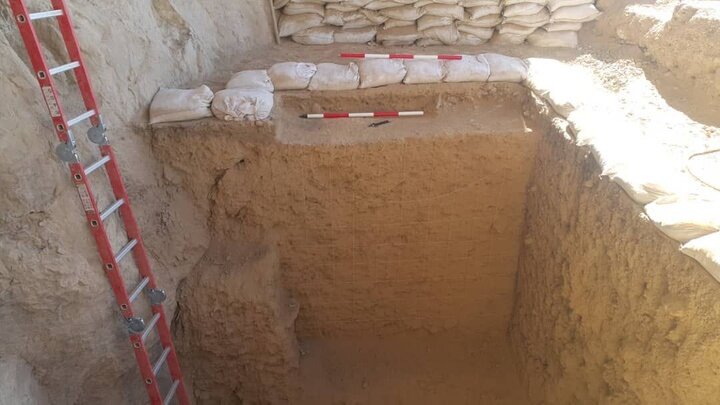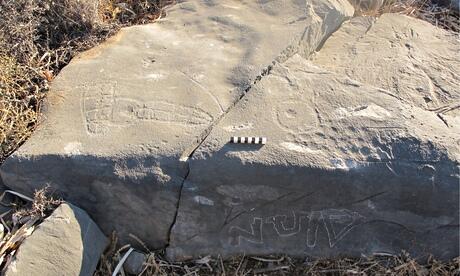Spanish archaeologists have successfully recovered a 2,600-year-old shipwreck, discovered for the first time in the waters off the country’s southeastern coast, after 20 years of work.
Dating back to the 7th century BC, the ancient Phoenician shipwreck was found in 1994 near the town of Mazarrón, off the southeastern coast of Spain, according to the Spanish Ministry of Culture. This wreck is one of two shipwrecks found in the same general area. The first, known as Mazarrón I, was discovered in 1993, raised from the water in June 1995, and after years of conservation efforts, it was exhibited at the National Museum of Underwater Archaeology in Spain in 2005. The newly recovered wreck is now referred to as Mazarrón II.
Mazarrón II is particularly intriguing for archaeologists and researchers because it is one of the few Phoenician shipwrecks that has been discovered in largely intact condition. This was stated by Carlos de Juan, the project manager, in a video shared by the University of Valencia. The university partnered with the regional culture ministry in Murcia to carry out the excavation.
A team of 14 specialists, led by de Juan, worked to recover the shipwreck from the sea in less than two months. The project began on September 13 and was completed on November 7. The video shows divers transporting pieces of the wreck’s wooden structure to the surface in sections.
De Juan stated, “Artifacts like these can help shed light on Phoenician culture.” In his comments to the University of Valencia, he emphasized that despite the wealth of information about ships built by the ancient Greeks in the Mediterranean, very little is still known about Phoenician shipbuilding today.
“This makes this wreck a significant contribution to this field of study,” he added. De Juan noted that elements of Mazarrón II resemble architectural designs seen in surrounding cultures, although some aspects remain distinct and mysterious for now.
Each piece of the sunken ship has been transferred to a laboratory at the Underwater Archaeology Museum in southern Spain. The laboratory will carefully work to preserve the remains, a process that is expected to take several more years.
Source: cbsnews
















